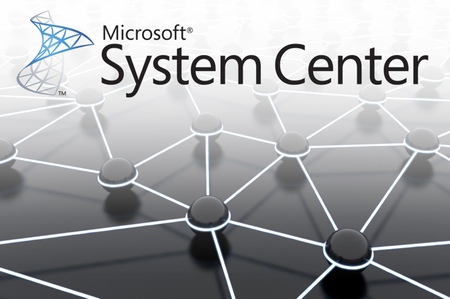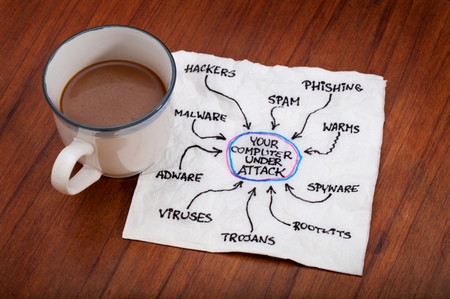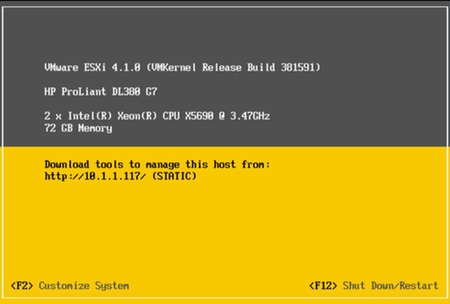Originally published on February 17, 2012 in our free SmallLaw newsletter. Instead of reading SmallLaw here after the fact, sign up now to receive future issues in realtime.
Rumor has it that Apple has 1,000 engineers working on chip design, and a similarly large number working on Siri. On top of these impressive numbers, Apple announced it would ship new versions of both iOS and OS X every year beginning with Mountain Lion this summer, and that it would open iCloud to third-party developers. In the midst of all this news, TechnoLawyer publisher Neil Squillante started hearing about embedded iPad systems, and engaged in a discussion about next-generation payment systems. So his mind began to wander about how large Apple could grow, and its impact on small law firms. The result is today's issue of SmallLaw about two lawyers named Jack and Diane. Also, don't miss the SmallLaw Pick of the Week (email newsletter only) for a contrarian take on Apple's announcements.
A Litty Ditty About Lawyers Jack and Diane: Law Practice in an Apple-Dominated Future
Jack wakes up to his iPhone 6 playing Bowie's Changes. He glances at the display. February 16, 2015. Better than that Mellencamp song from yesterday that reminded him of work. Bowie's stuttering chorus makes him think for a moment. "Was it really just three years ago that Apple announced OS X Mountain Lion? Since Apple audaciously announced it would ship major new versions of OS X and iOS every year? Since Apple's stock price reached $500 (now $1,000) and we all realized the iPad was taking over the world?"
Jack grabs his iPhone, opens the Lavazza app, and chooses an arabica ristretto shot. By the time he reaches the kitchen, his perfectly brewed cup of espresso awaits him. No sugar needed. After knocking it back, he holds down his iPhone's home button to summon Siri. "What happened since last night?"
Speaking through his Apple TV rather than through his iPhone, Siri tells Jack he has one voicemail message from his wife who is traveling and 10 email messages, including a new issue of SmallLaw (some things never change). "Shall I play your voicemail message and read your email messages?" "Just the voicemail," says Jack. "Queue up the email to play in the car. Load some Bowie songs too — just songs that charted and nothing after his Let's Dance album."
En route to his law firm, Jack stops at Target to pick up some items his wife told him to buy. At the self-checkout, the now ubiquitous embedded iPad point of sale system asks him whether he wants to pay by credit card, debit card, or Apple's iPay. Jack taps iPay and opens his iPay app on his iPhone. He enters his password, sees the virtual receipt appear in iPay, grabs the shopping bag, and heads to work.
Jack arrives at the office park. He swipes his ID card to open the turnstile in the lobby. "I wish they'd get an iOS-compatible security system like everyone else," he grumbles. Now outside his office door, he opens his ADT app on his iPhone and enters his password. The door unlocks. "First one here as usual."
Lying down on his office's chaise lounge, Jack grabs his iPad 4. After a few taps, the same brief he was reviewing nine hours ago on his iPad 3 at home appears. He flips to the next page and sees a new paragraph that makes him sigh. He switches off the iPad, gets up, and sits at his desk. He opens Microsoft Word on his Mac and opens the same document. It's on the same page. "Gotta love iCloud." He begins editing the problematic paragraph.
Still unhappy, Jack undoes his changes, summons the Messages app first introduced three years ago on that fateful February day, and sends a text message to his client's general counsel, Diane, who responds a few seconds later and transforms the text chat into a Facetime conference. "You're up early," she says. "Well, your brief is due tomorrow. Can you open it now?"
Thanks to his firm's iCloud-aware document management system, Diane opens the same document on her iPad. Having put down her iPhone, Jack sees the ceiling of her living room for a split second until her iPad automatically takes over and he sees her face again.
"You have a way with words, but this judge is old school," he says. "I think we should tone down this paragraph you added last night." Diane makes a few changes that Jack sees on his own screen in realtime. He likes Diane's changes, and cracks a smile thinking again about that Bowie song. "Just three years since law practice changed."
Neil J. Squillante is the publisher of TechnoLawyer.
How to Receive SmallLaw
Small firm, big dreams. Written by practicing lawyers who manage successful small firms and legal technology and practice management experts who have achieved rock star status, this newsletter provides practical advice on management, marketing, and technology issues in small law firms, as well as comprehensive legal product reviews with accompanying TechnoScore ratings. The SmallLaw newsletter is free so don't miss the next issue. Please subscribe now.















